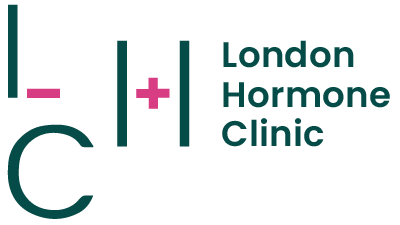Periods - normal or not?
Whether the onset of menstruation comes as a shock, or cause for celebration, a monthly bleed should, over time, become an accepted part of life. For many women though, it’s not. And, as the average woman has 480 periods during her reproductive years, it’s important to know what’s ‘normal’ and what’s not.
Before we get into this, we should point out what we mean by ‘normal’. We’re humans, not robots, and completely regular cycles, throughout the reproductive years are rare. Long haul travel, trauma, viruses, hormones, and pregnancy all have an impact, as does nutrition, lifestyle, and stress. And of course, every one of us is different, our bodies unique, and that’s why the only period that’s important, is yours.
Your cycle should not control your life
Inconvenient, yes. Excruciating, no. That’s not acceptable. Mild pain is normal. Having to take painkillers for a day or two, commonplace. Being incapacitated, vomiting, dizzy, and unable to get out of bed is not ok. Suffer like this and you should seek medical help.
How heavy is too heavy?
Periods can be light and last three days, or heavy and last more. None should last longer than a week or be so heavy that you’re constantly leaking and passing clots. If you’re changing your pad or tampon every hour or two, then that’s too heavy, and if you’re bleeding for over a week, then that’s too long. Blood flow should be manageable, never horrendous.
What you should know about spotting
Spotting (very light vaginal bleeding) before or after a period is completely normal. Spotting in the middle of your cycle is not. If your smears are up to date and you’ve been screened for sexually transmitted infections (STIs) then the cause is, in all likelihood, hormonal. If you notice spotting or bleeding after having sex, this can be a sign of infection or inflammation of the cervix – something you should get checked out.
When mood swings aren’t manageable
Premenstrual syndrome is the name given to symptoms experienced before a period, which can be both physical and psychological. In the days leading up to the onset of your period, it’s normal to feel emotional, irritable and tired, and to experience breast tenderness and headaches. For many women this is manageable, for some it is not. Premenstrual syndrome or premenstrual dysphoric disorder (PMDD), the name given to severe PMS can affect anyone at any time. Changing your diet, exercise regime and lifestyle can make a huge difference to the severity of symptoms and living a generally healthy lifestyle usually makes cycles more manageable. If you are still suffering, then you should seek help. Women are often given the contraceptive pill or antidepressants, and whilst these may work for some, they often don’t because they aren’t really the answer. What’s needed is progesterone which, together with a healthy lifestyle, helps to balance hormone levels.
Changes as we age
When women reach their forties, they often notice changes to their cycle. This isn’t, as many believe, perimenopause. That comes later, but before it does, periods can become heavier and more painful, cycles longer, and premenstrual symptoms more severe. This change happens slowly, and there will be variations from month to month. If periods become heavy and painful, and when other medical issues have been excluded, the cause is usually lower levels of progesterone in the body. Many women are given oestrogen at this point, which is absolutely what they don’t need as the body is still producing lots of it. Progesterone is the solution, and yet, still many in the medical profession do not know this.
Don’t put up with pain
Periods don’t run like clockwork. Cycles, blood flow, symptoms and frequency all change throughout life and usually that’s ok, but uncontrollable pain, unmanageable bleeding, and the sudden onset of symptoms, whatever your age, should not be suffered, and definitely not in silence. Progesterone is the answer as is treating the hormonal cause. Being aware of (but not obsessed with) your cycle, understanding what can and does happen as we age, and where to go for help is key.

